#but so much of the movie to me are its kinetic‚ sweeping (e)motions
Explore tagged Tumblr posts
Text
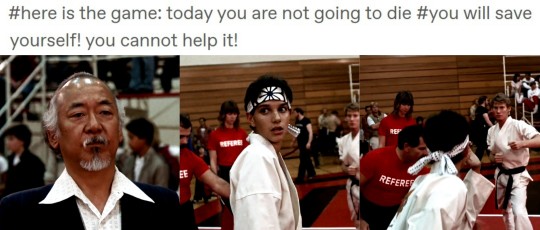
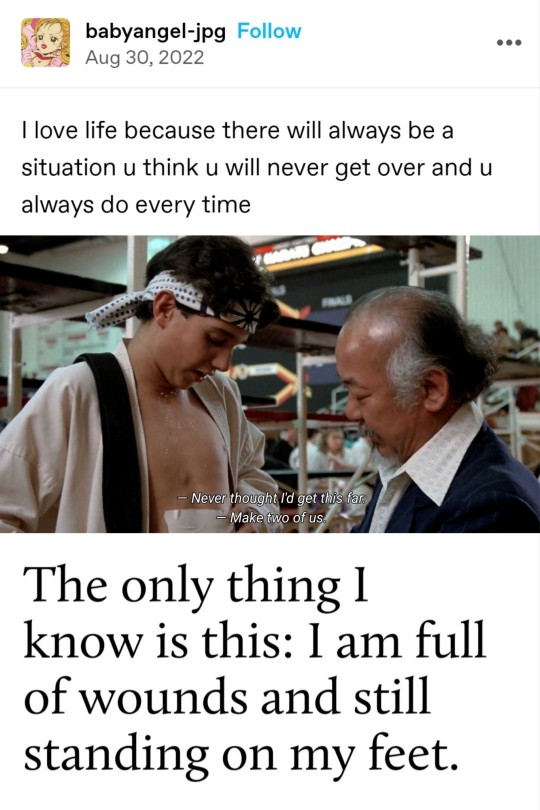
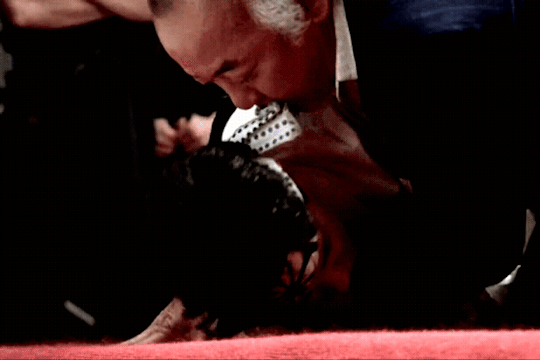
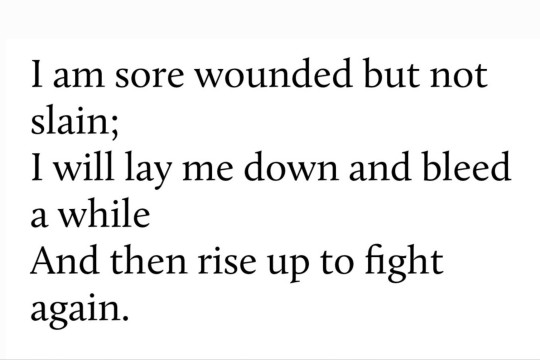




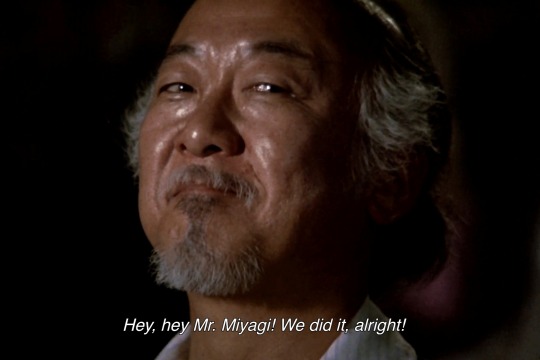

You're Alright, LaRusso!
unknown // The Karate Kid (1984) dir. John G. Avildsen // @babyangel-jpg // Report to Greco, Nikos Kazantzakis // John Dryden // “the trick of finding what you didn’t lose” from Complete Poems, E.E. Cummings
#The Karate Kid#Daniel LaRusso#Mr. Miyagi#Web Weaving#Miyagi-horiginal#Gif#WHEWWWWWW#Just like this theme is perseverence‚ I friggin persevered in making these HAHAHA#THE ''You're alright LaRusso!“ FEELINGS GOT TO ME AGAIN#I know there's an overabundance of gifs (and not good quality either 😵💫)#but so much of the movie to me are its kinetic‚ sweeping (e)motions#Also either I was doing something wrong with these gifs or Tumblr's an ass because why is gif upload size only 10 MB HELLO??#Yeah yeah this is about Daniel‚ BUT WE MUSN'T FORGET ABOUT MR. MIYAGI WOOOOOOOO#Bookending this with his face means so much to me...
189 notes
·
View notes